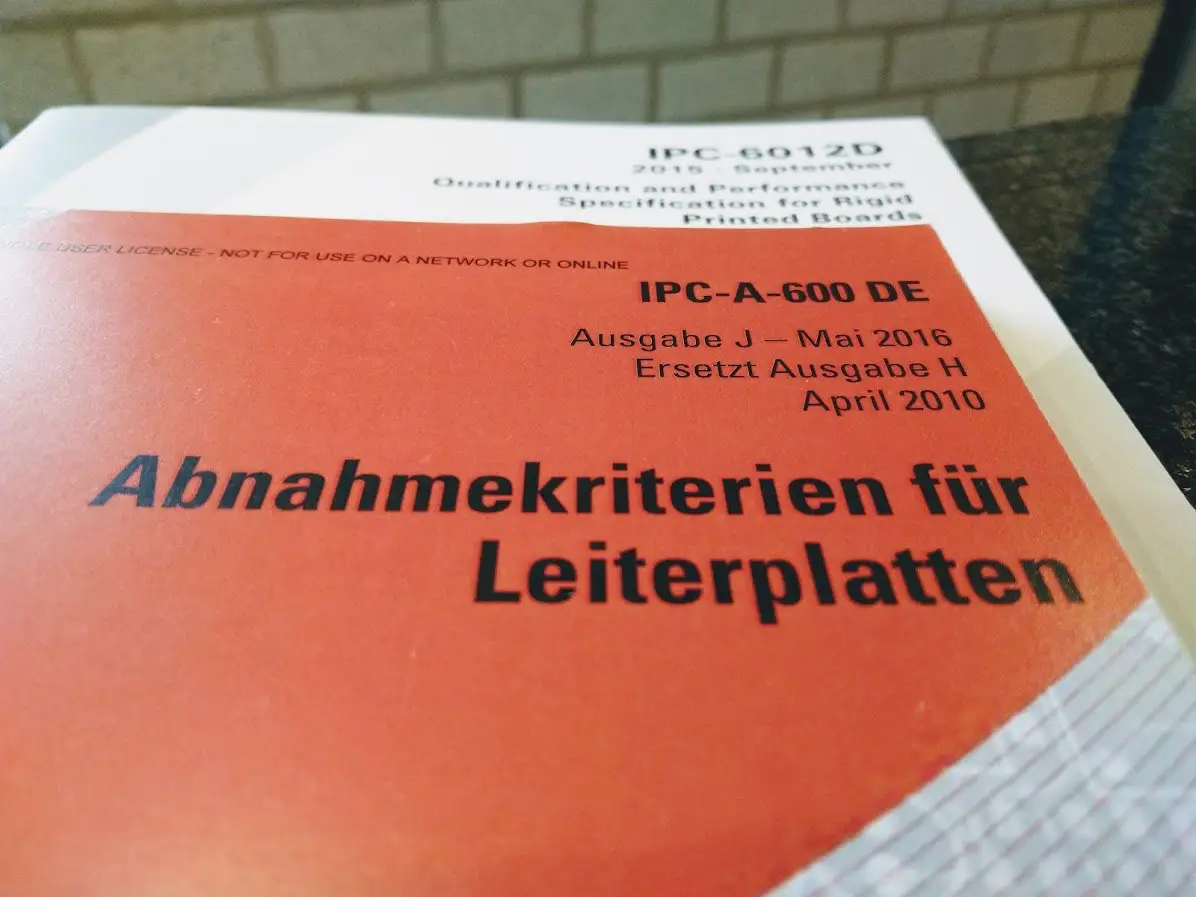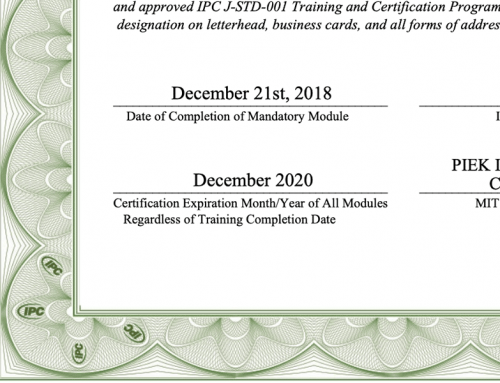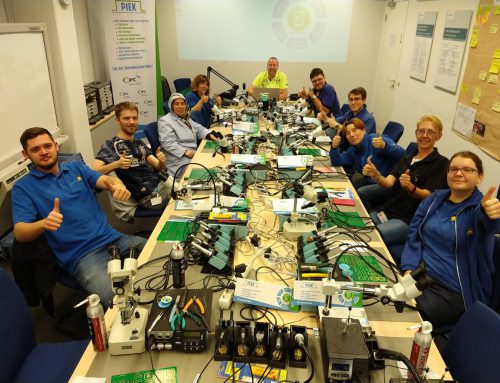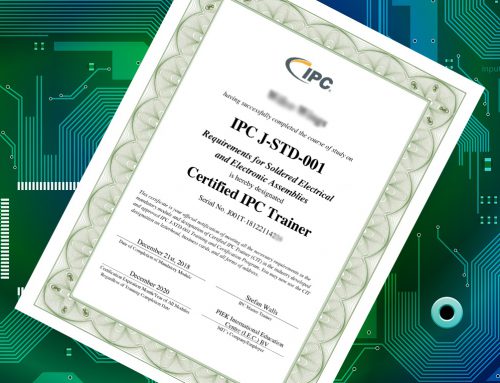If you question yourself if you should use the IPC-A-600 or the IPC-6012, then the question should be what application you want to use it for. If it would be purely to inspect (either the entire board visually or by automatic equipment [AOI] or the microsections from the test coupons) then the IPC-A-600 might be the document of choice, especially since this standard focus on the criteria and provides a lot of pictorial examples. Inspections like this might be performed during the board manufacturing process steps, as a final inspection at the board shop or as an incoming inspection at the assembly plant or EMS.
For more information regarding the actual processes and materials used at the production stages and for in depth information on the applicable tests to be performed for quality assurance the IPC-6012 is the best if rigid printed circuit boards are involved. These can be single-sided boards, multi-layers, HDI boards, boards with integrated passive components and metal core boards.
It is the document of choice for process engineers and purchasers at printed circuit manufacturers, but designers as well as assembly process engineers at the EMS or OEM might benefit greatly from it.
If you consider using either of the above-mentioned documents, it might be a good idea to learn all the ins- and outs by attending an IPC certification training based on them. These certification trainings are provided by PIEK on both documents and will increase your knowledge level. Furthermore, training will help you in using the criteria correctly and avoid misinterpretation, which might save time and money. Profit from the extensive experience the PIEK trainers have on the use of these documents in daily practice and avoid the pitfalls in daily life caused by misinterpretation.
Most of IPC documents base on product classification, which means that products can be classified by one of three general performance classes. Class 1 is generally used for low level general electronic products or consumer electronics where the major issue is the functioning of the product. If demands about reliability are a bit higher usually Class 2 is specified, this is mostly the case with professionally used electronic products. Class 2 means the product should have a longer lifetime and should always function, however non-functioning would not be critical.
In case the highest level of reliability is necessary, like in space, military, aircraft and some medical and automotive devices or in harsh service environments then most often Class 3 is specified. In this case the product shall always function, failure is not an option.






